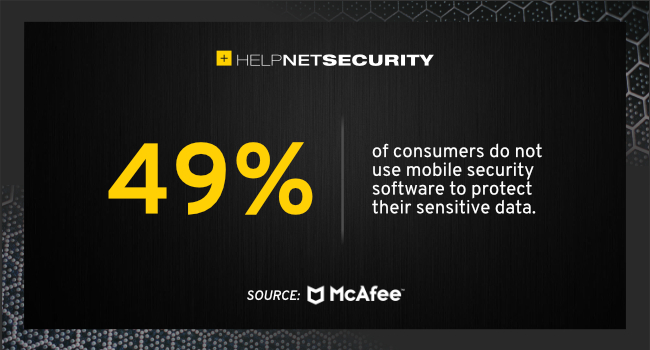Right-to-repair laws are still a work in progress, mainly due to industry opposition. The wants and needs of millions of device/vehicle owners don’t amount to a hill of beans in this world full of interloping industry leaders, as noted DIY repairman/nightclub owner Rick Blaine once sourly noted.
Allowing people to actually own the things they’ve purchased seems like a foreign concept to US tech leaders, even though that was the status quo long before goods went digital and the DMCA was enacted. Why should people be at the mercy of those whose profits depend on walled gardens, closed loops, and well-funded lawyers issuing cease-and-desist orders at the drop of a proprietary screwdriver? Well, as someone else sourly noted, those with the gold make the rules.
While we struggle through with some piecemeal replacements for our assumed rights of ownership here in the US, it appears the European Union is going to get serious about handing customers back their purloined rights. As the New York Times reports, a right-to-repair is up for discussion — not so much because of the impact on customers, but because of the impact on the environment.
The “right to repair,” part of a wide-ranging policy package known as the Green Deal that was introduced this month, is the latest example of the European Union’s ambitions to promote more sustainable economic growth and to prevent waste. It extends standards brought in last year that put “right to repair” obligations on the manufacturers of some large appliances.
“The linear growth model of ‘take-make-use-discard’ has reached its limits,” Virginijus Sinkevicius, the union’s environment commissioner, told reporters in Brussels as he presented the “Circular Economy Action Plan,” which includes the “right to repair” initiative.
“We want to make sure that products placed on E.U. market are designed to last longer, to be easier to repair and upgrade, easier to recycle and easier to reuse,” he added.
Obviously, providing people with a right-to-repair (and the information to make those repairs) will help curb the amount of dangerous chemicals and minerals being dumped into the ecosystem. Planned obsolescence has been the status quo for years, with repair prices and restrictions making it far easier to replace items than repair them. This has added up to serious environmental damage. It has also added to problems around the world where rare minerals are mined under the direction of governments who use their profits to finance war, rape, and numerous other atrocities.
But it will also give people back something they’ve historically enjoyed: the ability to tinker with and repair their purchased products without being locked out by proprietary tools and methods that are shared with only certain gatekeepers to ensure steady purchases of new products and the speedy destruction of anything slightly out-of-date.
Here’s how the EU’s proposal [PDF] puts it [all emphasis in the original]:
Empowering consumers and providing them with cost-saving opportunities is a key building block of the sustainable product policy framework. To enhance the participation of consumers in the circular economy, the Commission will propose a revision of EU consumer law to ensure that consumers receive trustworthy and relevant information on products at the point of sale, including on their lifespan and on the availability of repair services, spare parts and repair manuals. The Commission will also consider further strengthening consumer protection against green washing and premature obsolescence, setting minimum requirements for sustainability labels/logos and for information tools.
In addition, the Commission will work towards establishing a new ‘right to repair’ and consider new horizontal material rights for consumers for instance as regards availability of spare parts or access to repair and, in the case of ICT and electronics, to upgrading services. Regarding the role that guarantees can play in providing more circular products, the Commission will explore possible changes also in the context of the review of Directive 2019/771.
This would be a step up from the EU’s aggressive recycling requirements, which demands companies selling electronics recycle at least 65% of the total weight of goods sold (i.e., recycling 65 tons for every 100 tons of goods put on sale). As it stands now, zero companies have met that requirement, which has been in place since 2012.
This would hand power back to consumers. It won’t make it easier for companies to hit recycling targets, but it may alter the market for new goods, making it more financially feasible for device makers to slow the rollout of new products and extend the life of those already on the market.
If enacted, it will drastically change the way electronics manufacturers do business in Europe. It may see some drop out of the market completely. But expect a lot of opposition from the companies affected as this legislative proposal moves forward. If there’s one thing companies like Apple and Microsoft can agree on, it’s that customers shouldn’t be allowed to cut them out of the repair/modification/replacement chain.
Permalink | Comments | Email This Story
Techdirt.



